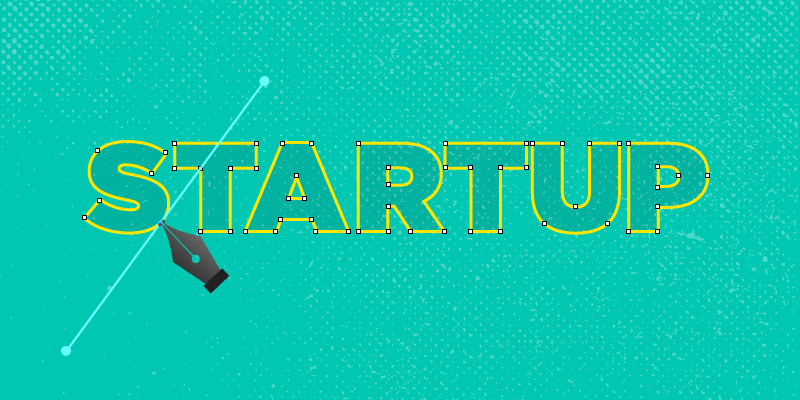How startups can leverage design to succeed
The best startups are powered by products with quality design. There is a growing appetite in the Indian startup scene to implement great design, yet there are few platforms that teach how.
Design is critical
“Design is a critical element to early and continuous customer adoption and engagement,” says Pankaj Jain, Partner at 500 Startups. “Products that are easy to use and aesthetically pleasing will stand out against products that aren't,” says Pankaj, a graduate of NYU Stern School of Business. He shares that startups in the US and even some in India have won because of a conscious attention to design.

Today in India, this is even more critical as Indian consumer startups need to create good experiences to differentiate against their peers. And those building enterprise companies for global markets are inherently competing against global players who have an understanding of design. “At 500, we think startups need to leverage design to succeed,” Jain says, and rightly so, having spent dozen of years on Wall Street before moving to New Delhi in 2007 to start a company to provide a marketplace for domestic and unskilled labor, called Semblr.
While most startups may consider design as something to do with art and aesthetics, Jain dispels that myth. Design, he says, is more of a science with known processes and techniques. It takes patience and study just like science to understand how to make design work for your startups. “We believe good design isn’t hard, but does require hard work to get right.”
Design as science
There are many things one must keep in mind when it comes to designing for a startup. First, design is never executed in isolation. It's a collaborative process that involves constant interaction with the end users. “You should never be designing for yourself,” Jain cautions. Secondly, it’s an iterative process. You never arrive at the ‘right design’ the first time around. “What is most important to remember is that more than visual design, it’s how a product works -- form always follows function.” What would also help to know is that design needs to be shipped fast and tested on a constant basis.
Common design mistakes
One common design mistake is not to understand the difference between UI and UX. To put it very simply, UI is what people use to interact with your product, and UX is how they feel while they do so. Most people think it is the same thing and this leads to them concentrating only on UI and forgetting about UX.
A quick solution to this is getting engineers involved in UX and encouraging them to learn UX techniques and basics. “The other common mistake is thinking of design as the ‘last step’,” Jain observes, adding, “often startups begin building a solution without much interaction with users, and this is a huge risk.” Hence, using design techniques to get early user feedback is critical to a startup. “Design is not about making a scrappy MVP pretty before shipping it, design is about how you conceptualize, execute, and test the MVP,” says Jain, who names SocialCops, InstaMojo, HeadOut, and PicCollage as some of the best designed products.
500 Startups has launched the 500 Design Program in India with its first design workshop to be held in New Delhi on December 17.
For details click here











